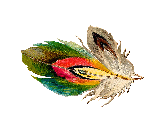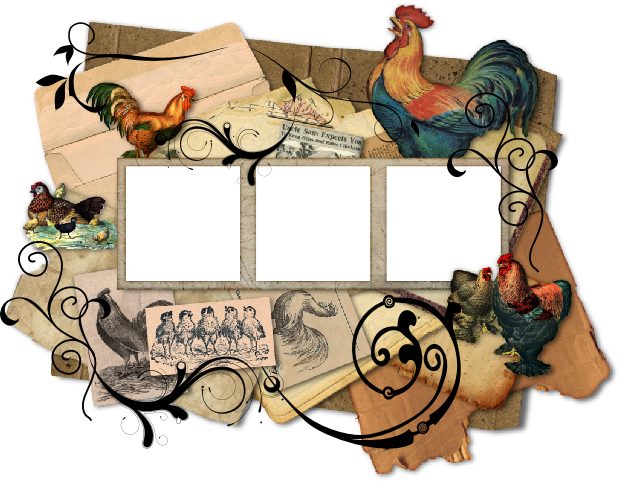
Every year, we host a live webcam event called 'Chickam', where you can see and hear
baby chickens hatch out live, then follow their progress for a couple of weeks in
the brooder box–see the link at the bottom of this page. This year we upgraded and
bought a new incubator, a ReptiPro 6000. It's the size of a mini-
The hatch is fascinating to watch for adults as well as children, and has been quite
popular (more than 16,000 viewers at once and more than 339,000 total views to date)
since we started it in 2008. Hatching & baby chicks does NOT go on year-
CHICKAM!
What’s A ‘Chickam’?

Velvet Sparrow
Due to popular demand, year-
TWO CHICKAM HATCHES IN MARCH 2015!
Hatch A was March 20 & 21, Hatch B was March 27 & 28. Each hatch was spread over two days so that more people had the opportunity to see eggs hatch, and so that school kids could watch–each hatch took take place on a Friday & Saturday. After the hatches the cam was placed in the brooder box with the chicks. I'll update the chicks’ progress on Twitter and my blog (links at the top & bottom of this page).
If you want to be emailed about a week ahead of time with a notification so that
you don't miss it, please email me at my gmail address on the ‘Contact Me’ page of
this site to let me know. We are in northern Nevada in the United States, so all
times are PST (Pacific Standard Time). Incubation of chicken eggs takes 21 days.
Mother Nature goes by her OWN schedule, so we start the the webcast as soon as we
see eggs rocking and hear peeping-
If we use mail order eggs, since the eggs were shipped to us via the postal service, and because of possible rough handling while enroute, just know that shipped eggs have a notoriously low hatch rate. So we don't know how many, or if ANY of mail order eggs will hatch. Eggs from our hens or that we have purchased locally are much more reliable. It all depends on what breeds we want to hatch this year. The eggs are numbered so that you can cheer on the egg of your choice, and the UStream site will have all the info as to what breed chicken eggs we are hatching this year.
NOTE: We candle the eggs several times during incubation to be sure we have live, viable chicks. Candling is the process of shining a bright light through the eggshell to check for a living embryo inside. Some of the eggs are so dark shelled, it is impossible to candle them to see if there are chicks inside, so we just have to wait and see with those! Often I will set the cam up so people can watch the candling and see the embryos–this is done at night, in the dark for the best viewing. Watch the Chickam Twitter feed for notification of when this will happen if you’d like to watch.
What Equipment Do We Use?
Our current incubator is a ReptiPro 6000 tabletop cabinet-
We always start a Chickam thread on the website SomethingAwful.com on the GBS forum,
which is an adult-
How Does Hatching Work?
The incubation period for chickens is 21 days, and the incubator is programmed to maintain a temperature of 99.5 degrees. I keep a small amount of water in the incubator to maintain a constant humidity level of 50%. During that time I will manually turn the eggs 5 times a day–this keeps the developing chick from sticking to the shell and dying, and opening the incubator also allows ventilation into the incubator. After 18 days, I stop turning eggs and raise the humidity to 65%, but still open the incubator 5 times a day for ventilation–this sends a signal to the chick that it is time for it to get into hatching position. Each egg is numbered, each also has an X on one side and an O on the other. The X and O markings are for us, an aid during incubation so we can keep track of whether an egg has been turned or not.
You should be able to see the eggs rocking and hear the chicks peeping as the eggs
get ready to hatch when the cam begins. The hatch process can take hours-
We keep any unhatched eggs in the incubator for three days beyond the hatch date in order to catch any stragglers. Hatching is a huge, exhaustive effort and chicks will lie there and rest for a long time once they are out. After a while they will bumble around as they dry out and get fluffy, and get strong enough to walk around. After a few hours we remove them to the brooder box. During the hatch we are quite busy and aren't able to answer all questions online, but we'll try.
The ReptiPro 6000 incubator. The digital device inside is a thermometer/Hygrometer to monitor humidity. The device lying on top of the unit is a probe thermometer. The probe end goes inside the purple ‘water weasel’ toy inside the incubator. The water weasel’s job is to mimic an egg. This gives us a better idea of the temperature INSIDE the eggs rather than outside, making for a better hatch. You may also see a shot glass with a bit of water in it to provide humidity in the bottom of the incubator.
Other Equipment
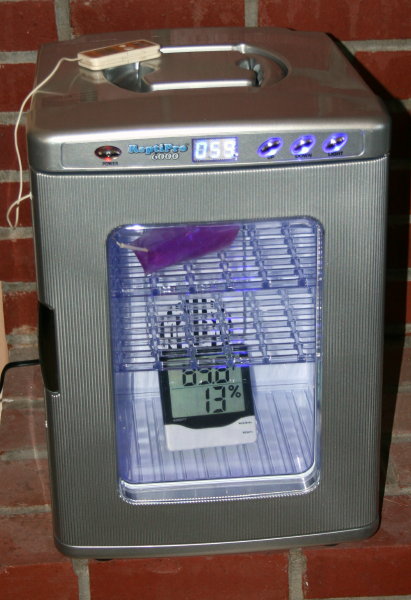
Jack’s Henhouse
This is Sonic, our golden laced Giant Cochin hen, who gracefully stepped in and successfully
brooded 5 eggs to hatch when in the final week of incubation, our brand-
If we have any broody hens out in the coop, we may also place some eggs under them
to hedge our bets-
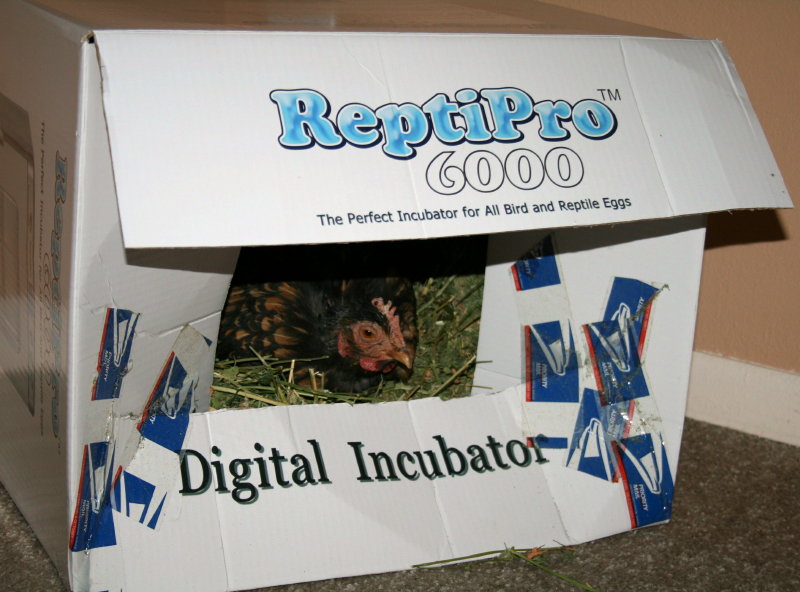
Jack’s Henhouse
The Rules!
WE HAVE ZERO TOLERANCE FOR HARDCORE FOUL LANGUAGE, RACIAL SLURS AND THE LIKE IN THE CHAT ROOM, OFFENDERS WILL BE BANNED IMMEDIATELY WITH NO SECOND CHANCES.
Just so ya know. If you feel an irresistible urge to swear or otherwise foam at the
mouth, go outside and howl at the moon or something. The Chickam broadcast has become
very popular worldwide. Lots of kids watch, including my daughter and her schoolmates,
and Chickam is very popular with kindergarten classes-
Especially for kids & schools, we have a special 'picture & sound only' link, below. Here are the links to the sites for the webcast, when it begins!
The UStream Chickam channel:
URL: http://www.ustream.tv/channel/chickam2008/
Chickam widescreen with no chat (best for kids):
URL: http://cdn1.ustream.tv/swf/4/viewer.228.swf?cid=1/538640&vrsl=c.4.283/
Follow Chickam on Twitter, and the Chickam Community on Facebook!!
Click on the icons at the bottom of the page!
Teachers: I have done via the UStream Chickam channel live, educational talks on hatching/baby chicks/chickens for grade school classrooms in the past. If you are interested in having me give one for your class, please contact me to arrange it.


Enjoying the chickens? Has my site helped you?
Want to buy the chickens some goodies?
Click the button!

Chickam has lots of awesome fans out there, some of them are kind enough to record & upload Chickam videos & pictures. Others have drawn pictures or created other very cool things!
In 2010 a Something Awful goon, pokute, created some 'Viva La Peep!' shirts & mugs using a picture of Yoya as a chick, she'd struck a pose in front of the flamingo lamp and it looked as if she was wearing a tiny black beret and channeling Che Guevera. Weedcat next to her staring at the shavings underfoot.
Chickam Fans
And so ‘Viva La Peep!’ Was born!
If you want a Viva La Peep shirt or mug, go here!
http://www.printfection.com/vivalapeep
We don't make any money off of these, nor does pokute. It's just a fun thing.

Jack’s Henhouse
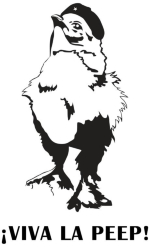
Jack’s Henhouse
Thanks to celestialomnibus, there are many Chickam videos from years past on YouTube!


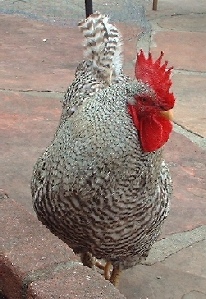 >
>



